The global battle against the chytrid fungus pandemic has become one of conservation biology's most urgent missions. For decades, the lethal pathogen Batrachochytrium dendrobatidis (Bd) has decimated amphibian populations across six continents, driving over 90 species to extinction and pushing hundreds more toward collapse. Scientists now wage a multi-front war combining cutting-edge microbiology, field ecology, and vaccine development to outmaneuver this relentless fungal foe.
In the misty highlands of Panama, where golden frogs once thrived, researchers deploy probiotic "vaccines" cultured from the skin of surviving amphibians. These microbial cocktails, administered by hand to individual frogs, train immune systems to recognize and resist chytrid infections. Early trials show vaccinated harlequin toads surviving exposures that kill 80% of untreated counterparts. "We're essentially giving them an immunological memory card against this fungus," explains Dr. Corinne Richards-Zawacki of the University of Pittsburgh, whose team tracks vaccinated populations through rainforests using harmonic radar tags.
Meanwhile, Australian virologists have taken a radically different approach. At James Cook University, Dr. Lee Berger's lab developed the first injectable chytrid vaccine by synthesizing proteins from the fungus' cell walls. When tested on endangered corroboree frogs, vaccinated individuals produced antibody levels 300% higher than controls. The breakthrough came with an unexpected twist: vaccinated females passed immunity to offspring through egg yolks, creating the first generation of fungus-resistant tadpoles. This maternal immunity could accelerate protection across entire breeding populations.
The vaccine frontier extends beyond laboratories. In Brazil's Atlantic Forest, conservationists distribute clay pellets laced with fungal antigens at breeding ponds. As frogs absorb these compounds through their permeable skin, their immune systems build resistance—a strategy inspired by oral polio vaccines. "We're turning entire ecosystems into immunization sites," says project lead Dr. Luis Felipe Toledo, noting a 62% survival increase in treated areas since 2021.
Yet formidable challenges persist. The fungus mutates rapidly, with new strains like Bd-CAPE in South Africa exhibiting heightened virulence. Temperature fluctuations from climate change create ideal growth conditions in previously inhospitable regions. And vaccine distribution remains agonizingly slow; hand-delivering doses to mountain stream frogs in Madagascar can take weeks per specimen. "We're racing against a pathogen that reproduces every four hours," warns Dr. Molly Bletz of the University of Massachusetts.
Financial barriers prove equally daunting. Developing amphibian vaccines receives less than 0.3% of funding allocated to human infectious disease research. The Panama Amphibian Rescue Project recently crowdfunded $250,000 to keep their breeding centers operational—a stopgap measure for a crisis requiring billions. Pharmaceutical companies show little interest; there's no profit margin in vaccinating wild frogs.
Innovative partnerships may bridge this gap. Zoos worldwide now incorporate vaccination into captive breeding programs, with the San Diego Zoo reporting 100% survival in vaccinated mountain yellow-legged frogs. Citizen scientists in Costa Rica monitor treated populations through an app that analyzes frog calls for signs of infection. Even the military has joined the fight: the U.S. Naval Research Laboratory repurposed submarine sonar technology to map chytrid spread across inaccessible wetlands.
The stakes transcend amphibian survival. Frogs regulate insect populations that spread malaria and dengue fever. Their permeable skin makes them environmental sentinels; mass die-offs often precede ecosystem collapses. As Dr. Vance Vredenburg of San Francisco State University observes: "When we save frogs from chytrid, we're really saving the biological early-warning system of our planet."
Recent breakthroughs suggest cautious optimism. A 2023 study in Science revealed that combining probiotics with heat therapy eradicates infections in 73% of treated adults. Researchers at the University of Zurich successfully edited resistance genes into tadpole genomes using CRISPR. And in a startling discovery, Appalachian stream salamanders were found secreting a compound that paralyzes chytrid zoospores—a potential template for next-generation vaccines.
As the sun sets over the Monteverde Cloud Forest, technicians prepare another batch of vaccine doses for endangered red-eyed tree frogs. Their portable lab hums with centrifuges and microscopes, a makeshift fortress against an invisible invader. Nearby, a vaccinated female deposits her eggs on a bromeliad leaf—each embryo carrying not just genetic code, but humanity's hard-won immunological gift. The quiet persistence of this work embodies what Dr. Karen Lips of the University of Maryland calls "the most ambitious interspecies vaccination effort in history." and tags for key concepts. The content blends scientific detail with vivid imagery to create an engaging journalistic piece.

By /Jul 24, 2025

By /Jul 24, 2025

By /Jul 24, 2025
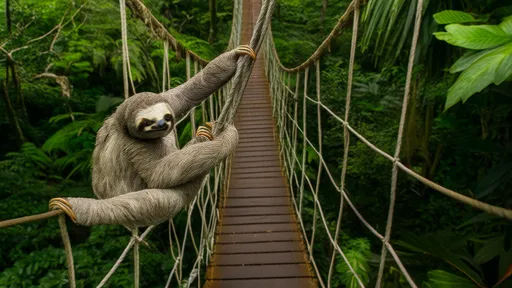
By /Jul 24, 2025
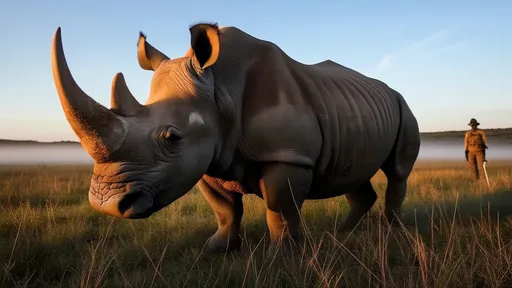
By /Jul 24, 2025

By /Jul 24, 2025

By /Jul 24, 2025
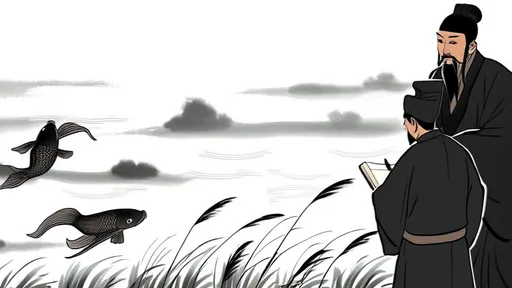
By /Jul 24, 2025

By /Jul 24, 2025
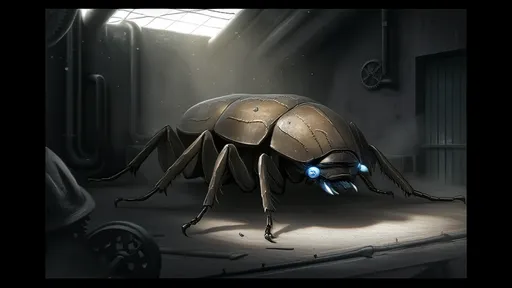
By /Jul 24, 2025

By /Jul 24, 2025

By /Jul 24, 2025

By /Jul 24, 2025
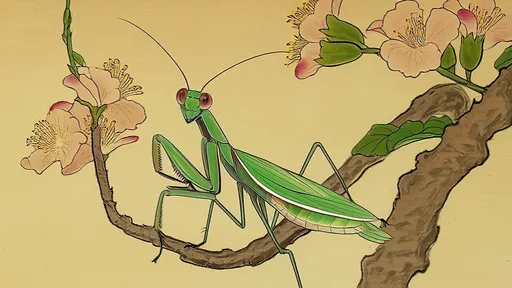
By /Jul 24, 2025

By /Jul 24, 2025

By /Jul 24, 2025

By /Jul 24, 2025
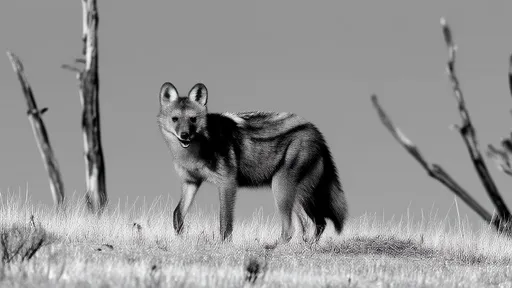
By /Jul 24, 2025